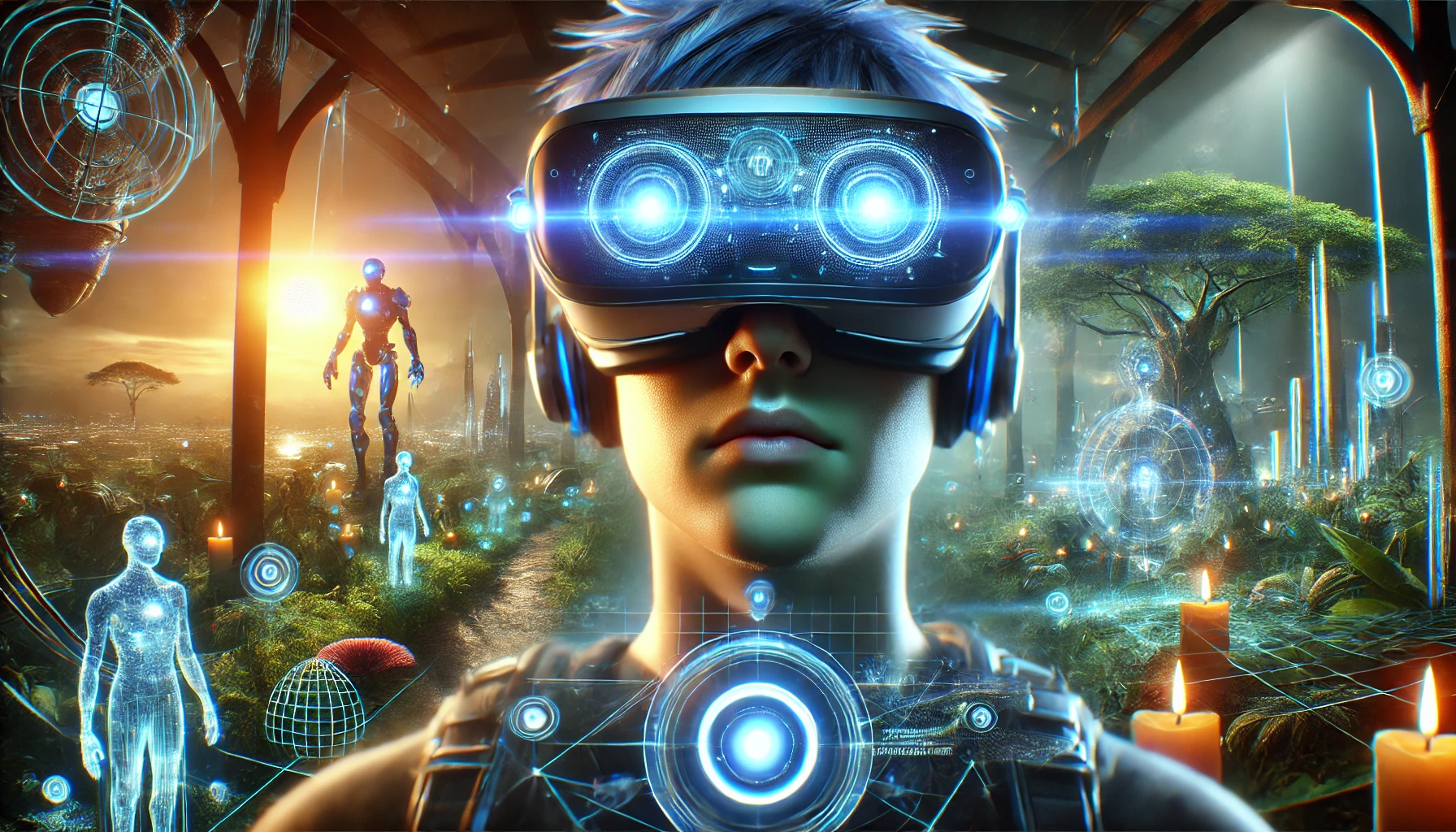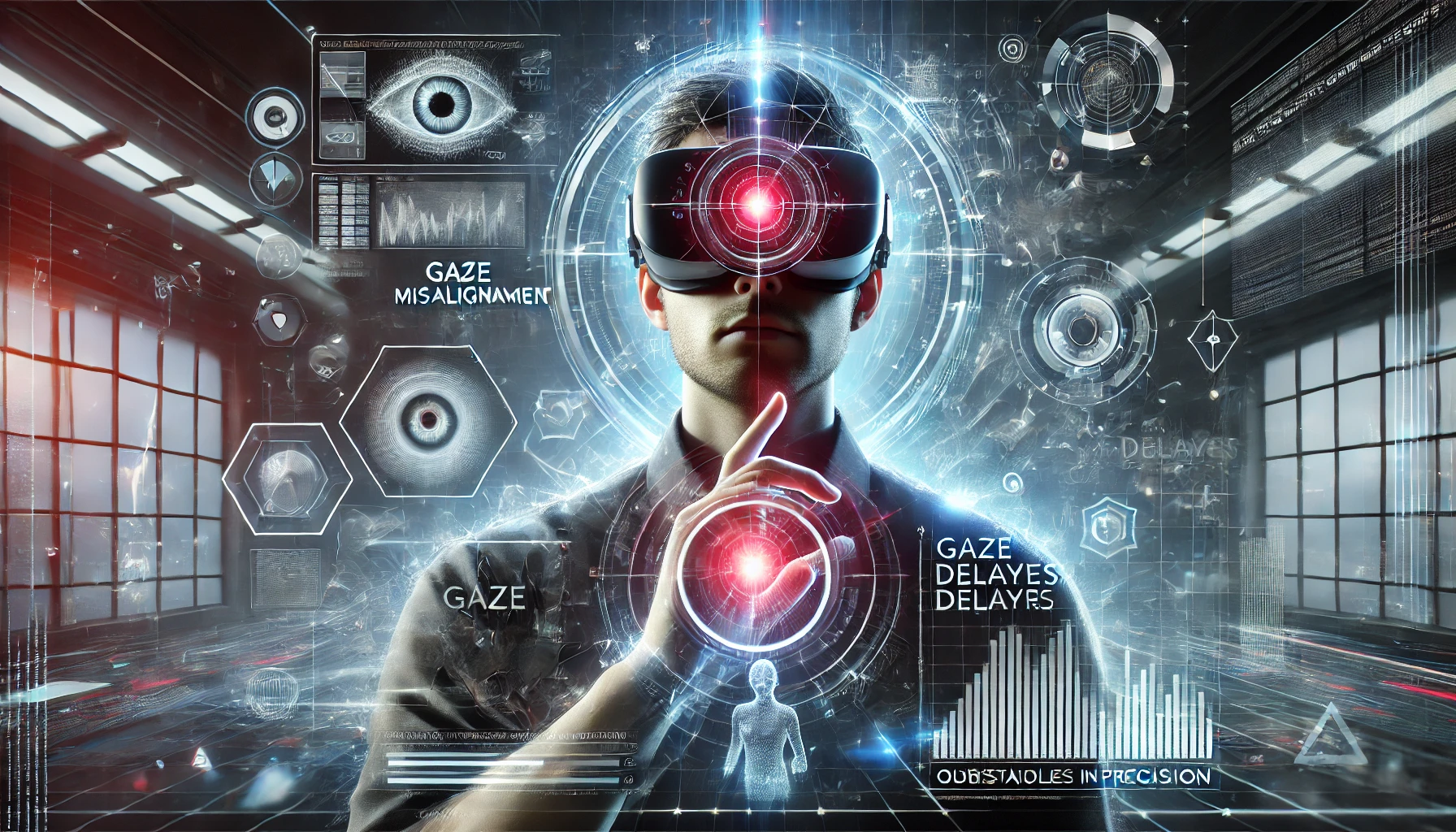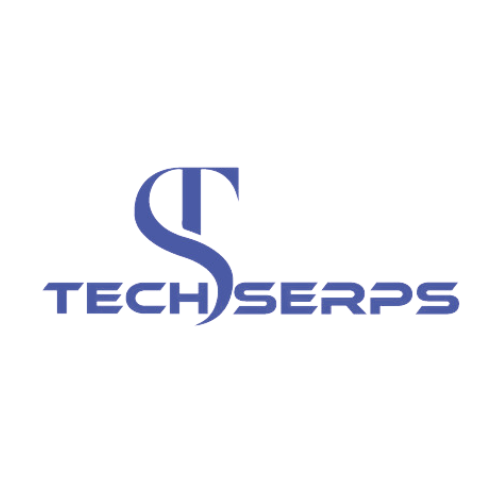Introduction
Virtual reality (VR) has revolutionized how we interact with digital environments, offering immersive experiences that were once the realm of science fiction. Among the many advancements propelling VR forward, virtual reality eye tracking stands out as a game-changing technology. By allowing VR systems to understand and respond to where users are looking, eye tracking enhances realism and interactivity. This article explores the transformative impact of virtual reality eye tracking on creating realistic VR worlds.
What is Virtual Reality Eye Tracking?
Virtual reality eye tracking is a cutting-edge technology that tracks the movement and focus of a user’s eyes within a VR headset. By using infrared sensors, cameras, and sophisticated algorithms, these systems capture precise eye movements in real-time. This information allows VR systems to dynamically adapt visual and interactive elements based on where the user is looking, creating a deeply personalized experience.
Key Components of Eye Tracking in VR:
- Infrared Sensors: Emit light to detect eye movements and pupil positioning.
- Cameras: Capture high-resolution images of the user’s eyes to monitor gaze direction.
- Algorithms: Process data to determine focus points and adjust VR elements accordingly.
Several leading VR systems, such as the HTC Vive Pro Eye and Meta Quest Pro, have incorporated eye-tracking technology to enhance user experiences, pushing the boundaries of immersion and realism.

How Virtual Reality Eye Tracking Enhances Realism
Improved Visual Rendering through Foveated Rendering
Foveated rendering is a technique enabled by virtual reality eye tracking that enhances visual quality. By focusing graphical resources on the area of the screen where the user’s gaze is directed, peripheral areas are rendered in lower resolution without compromising the user’s perception.
Benefits:
- Sharper visuals where it matters most, creating a lifelike experience.
- Reduced computational load, leading to better system performance and efficiency.
- Extended battery life for wireless VR devices, making prolonged use more feasible.
Enhanced User Interaction and Natural Engagement
Eye tracking fosters more intuitive and natural interactions within VR environments by:
- Enabling realistic avatars with accurate eye movements for social VR platforms, improving non-verbal communication.
- Allowing gaze-based interactions, such as selecting objects or navigating menus, reducing reliance on hand controllers.
Increased Immersion in Gaming and Simulations
With eye tracking, VR games and simulations achieve higher levels of immersion:
- Non-playable characters (NPCs) react dynamically to the player’s gaze, adding realism to interactions.
- Precision in gameplay tasks, such as aiming or selecting objects, enhances user satisfaction and control.
Applications of Eye Tracking in Realistic VR Worlds
Training and Education
Eye tracking in VR is transforming professional training and education by:
- Offering simulations for pilots, surgeons, and other high-stakes professions, ensuring skill mastery in controlled environments.
- Allowing trainers to monitor focus and attention during exercises, and providing targeted feedback for improvement.
Accessibility and Inclusion
Virtual reality eye tracking empowers users with disabilities by:
- Enabling hands-free navigation and control, making VR more accessible.
- Creating inclusive VR experiences for individuals with limited mobility, allowing them to engage fully in virtual environments.
Marketing and Consumer Insights
Brands and developers leverage eye tracking for valuable user insights:
- Heatmaps generated from gaze data reveal user focus areas, informing design and layout improvements.
- Eye-tracking data helps refine product offerings and develop targeted advertising strategies, ensuring relevance and engagement.

Challenges in Virtual Reality Eye Tracking
Despite its numerous benefits, virtual reality eye tracking faces several challenges:
- High Costs: Incorporating advanced hardware increases the overall cost of VR systems, limiting accessibility for casual users.
- Privacy Concerns: The collection of detailed eye-tracking data raises ethical and security questions, necessitating robust privacy safeguards.
- Technical Limitations: Issues such as tracking accuracy, latency, and hardware compatibility can hinder seamless integration and widespread adoption.
The Future of Virtual Reality Eye Tracking
As technology advances, the potential of virtual reality eye tracking continues to grow:
- Advancements in Accuracy: Improved sensors and algorithms promise greater precision in tracking eye movements, enhancing realism.
- Integration with AI: Combining eye tracking with artificial intelligence will enable smarter VR systems that anticipate user intent and adapt accordingly.
- Next-Generation Immersion: Eye tracking will play a pivotal role in creating hyper-realistic VR experiences, blurring the lines between the virtual and physical worlds.
FAQs
What is virtual reality eye tracking used for?
Virtual reality eye tracking is used to enhance immersion in VR environments by improving visual rendering, enabling intuitive interactions, and gathering user insights.
What are the benefits of eye tracking in VR?
Eye tracking improves visual clarity, fosters natural engagement, and enhances precision in tasks, making VR experiences more realistic and interactive.
Is eye tracking available in all VR systems?
No, eye tracking is currently available in select systems like the HTC Vive Pro Eye and Meta Quest Pro, with more devices expected to adopt this technology.
Are there any privacy concerns with eye tracking in VR?
Yes, privacy concerns arise from the collection and potential misuse of eye-tracking data, emphasizing the need for robust security measures.
How does foveated rendering improve VR experiences?
Foveated rendering focuses graphical resources on where the user is looking, enhancing visual quality and system performance.
Conclusion
Virtual reality eye tracking is a groundbreaking innovation that elevates the realism and interactivity of VR worlds. From improving visual rendering to enabling intuitive user interactions, this technology is reshaping how we engage with virtual environments. As advancements continue, virtual reality eye tracking promises to unlock even greater potential, making VR experiences more lifelike and immersive than ever before.


